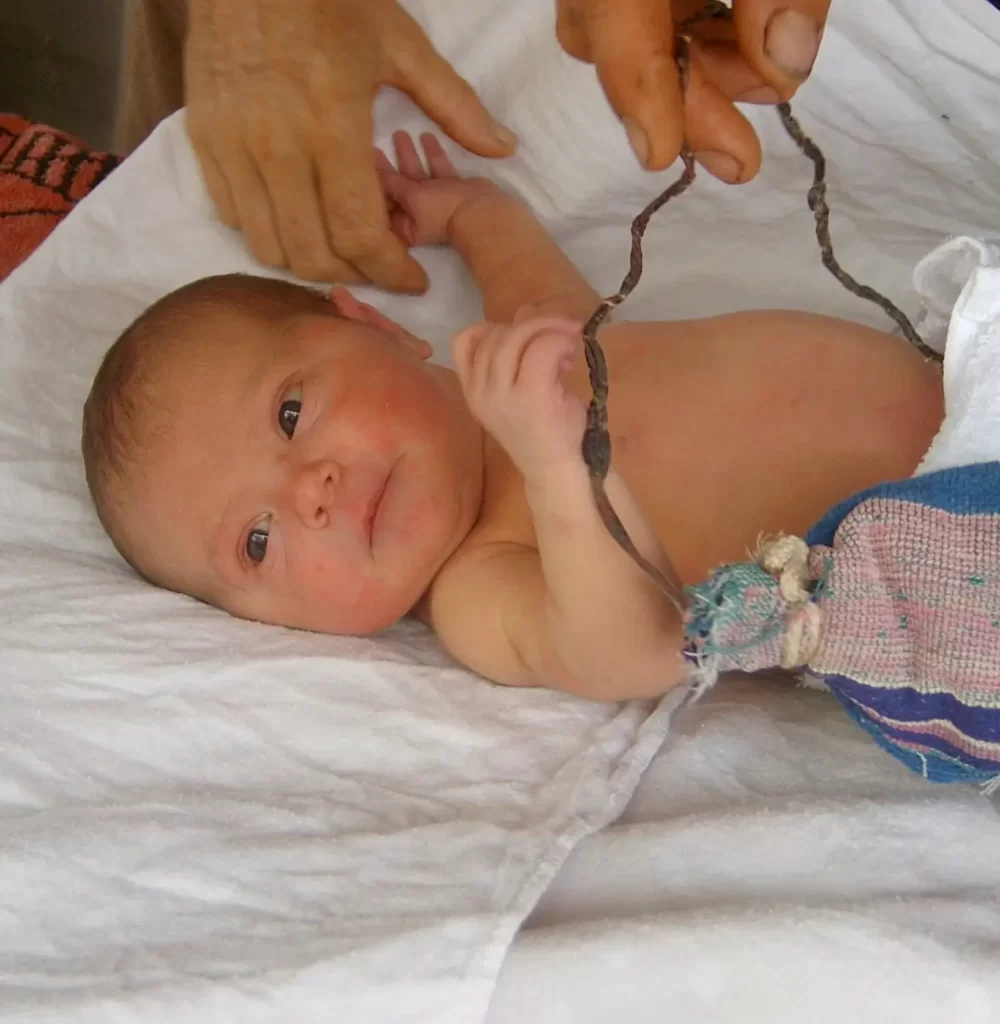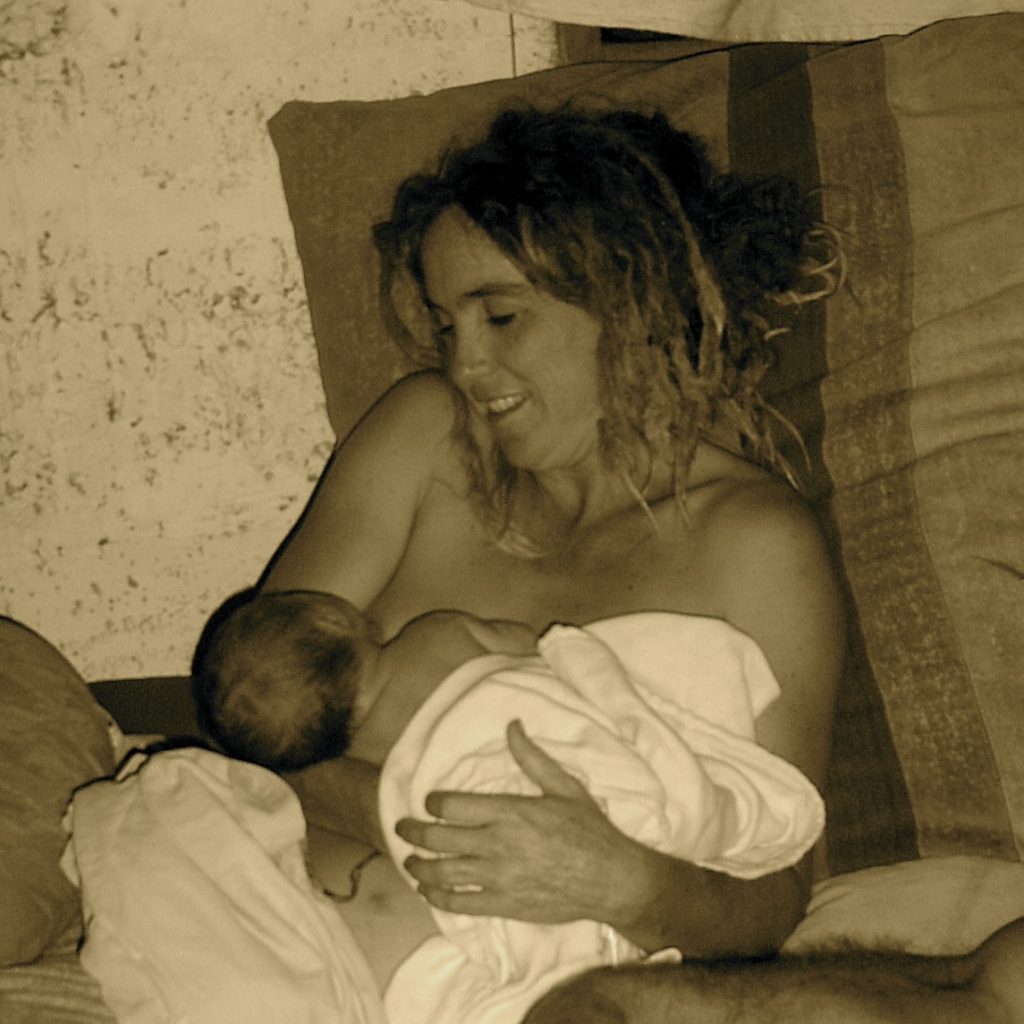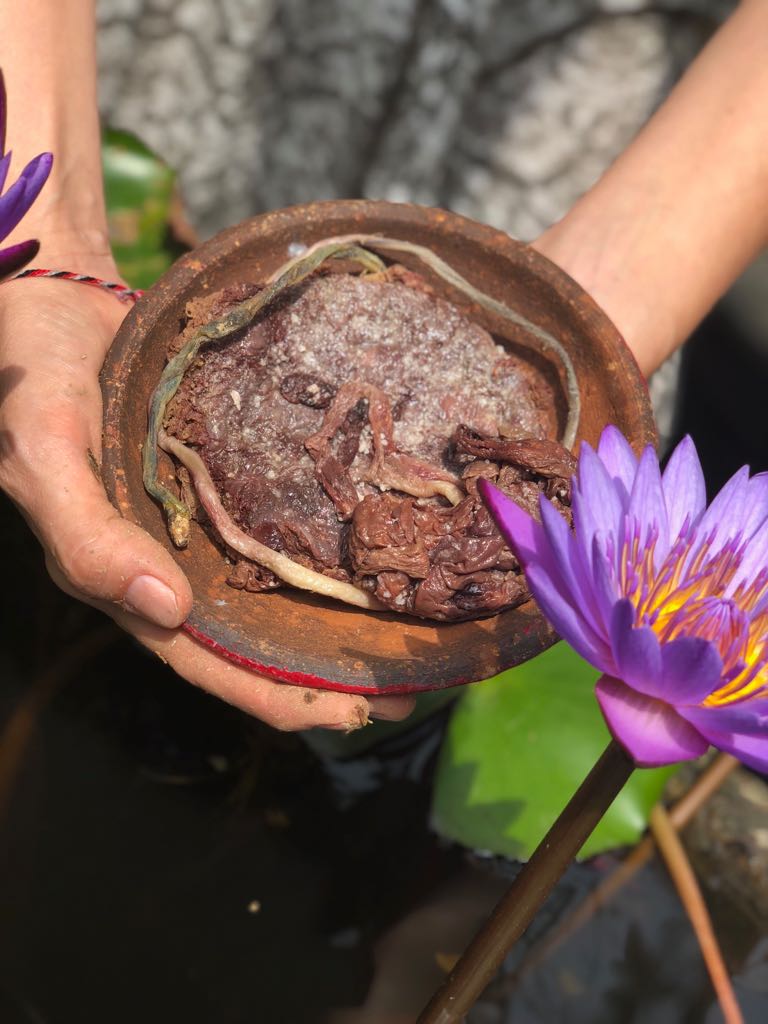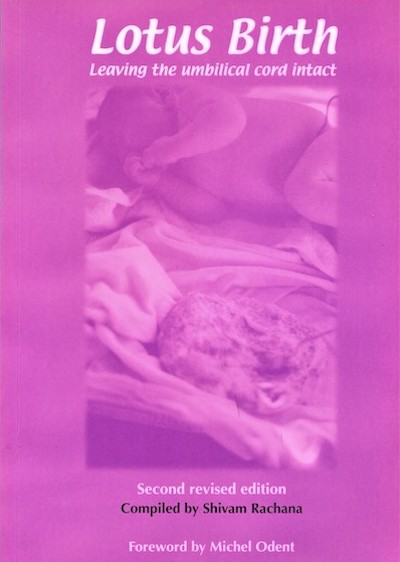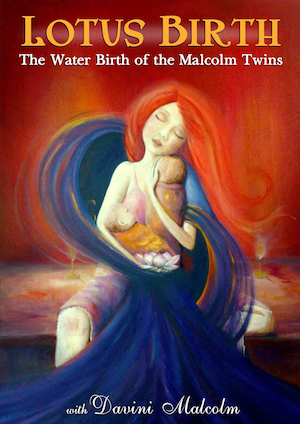Lotus Birth
Your ultimate resource for lotus birth.
Learn more about this birth practice that recognises and respects the integrity of the mother and baby’s biological system.
“At last, Shivam Rachana has gathered together the lotus birth lore from around the world so that we might welcome babies more fully by honoring the fourth stage of labor.”
– Jeannine Parvati Baker
Learn About Lotus Birth
Below are answers to our most commonly asked questions.
Our Shop
You can support our website by purchasing the Lotus Birth book or the beautiful DVD Lotus Birth: The Water Birth of the Malcolm Twins. Watch the DVD trailer below.
Upcoming Events
Events are held regularly – check our events page for more information.
Coming soon: Restoring the ID. Find out more by downloading the Restoring the ID brochure or contact Rachana via our contact form.
The term ‘cord blood’ is misleading. The blood collected via the umbilical cord is the baby’s blood. When adults donate blood it is collected via the arm. We don’t refer to that blood as ‘arm blood’.
– Dr Rachel Reed

